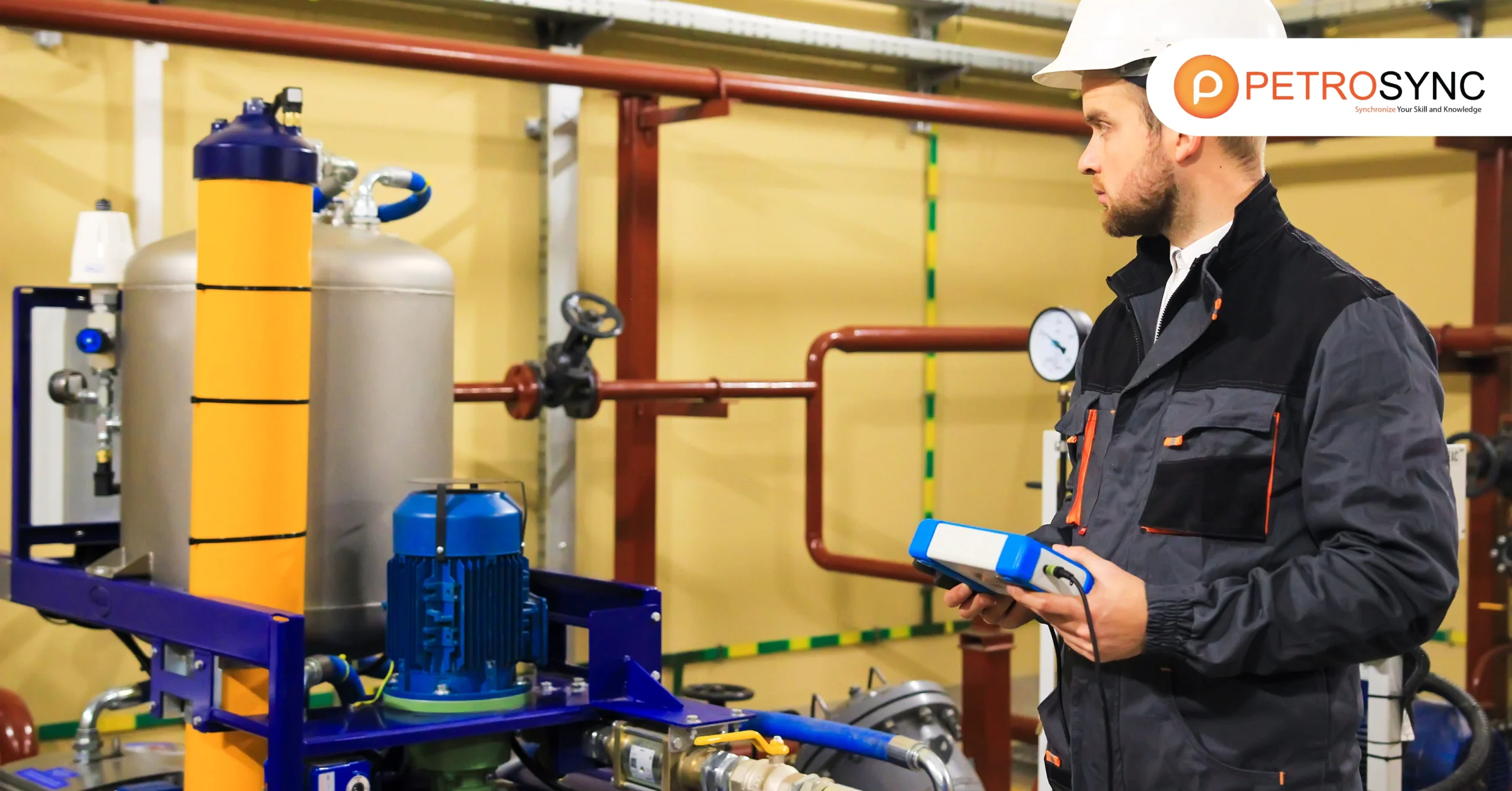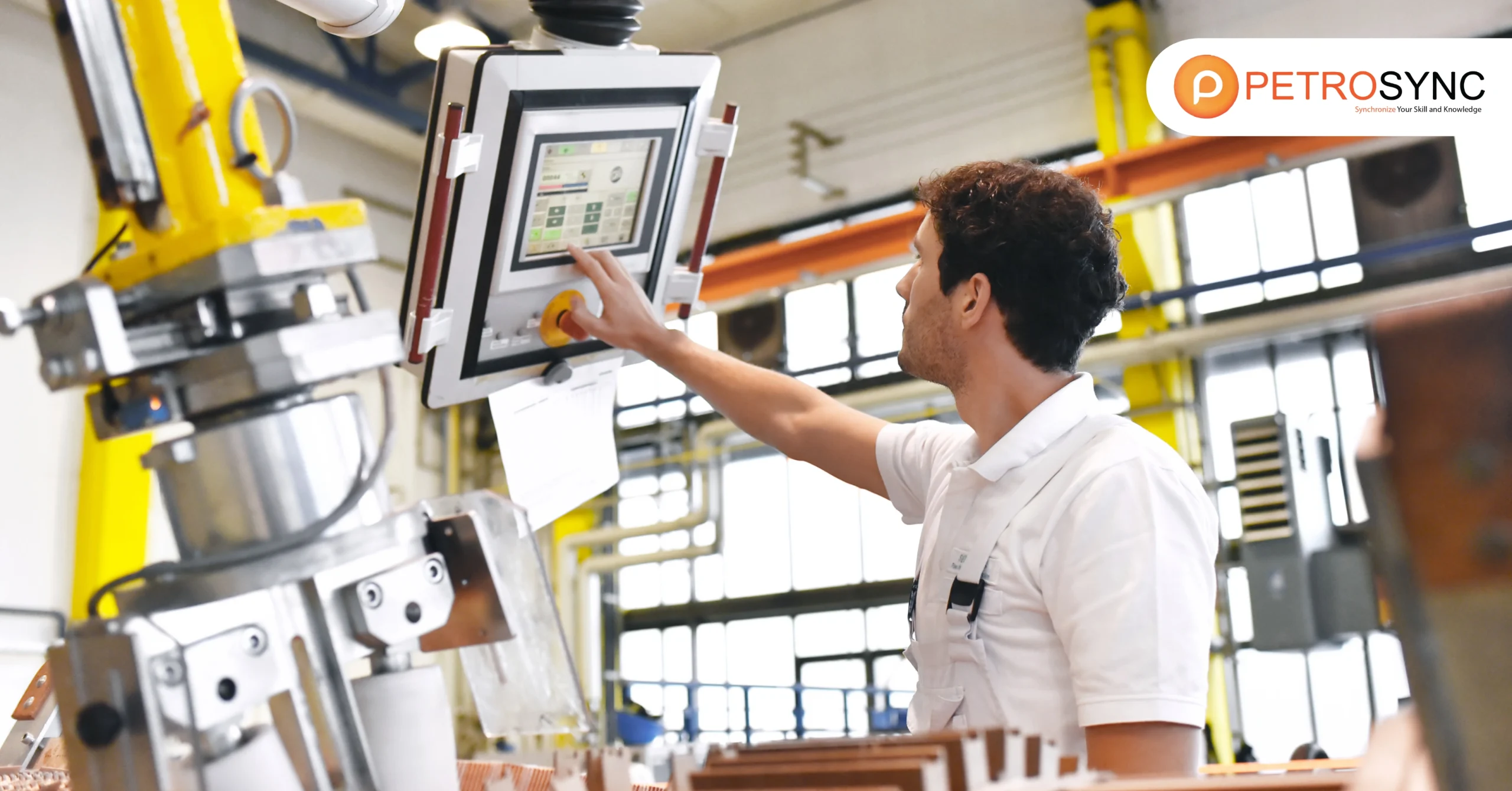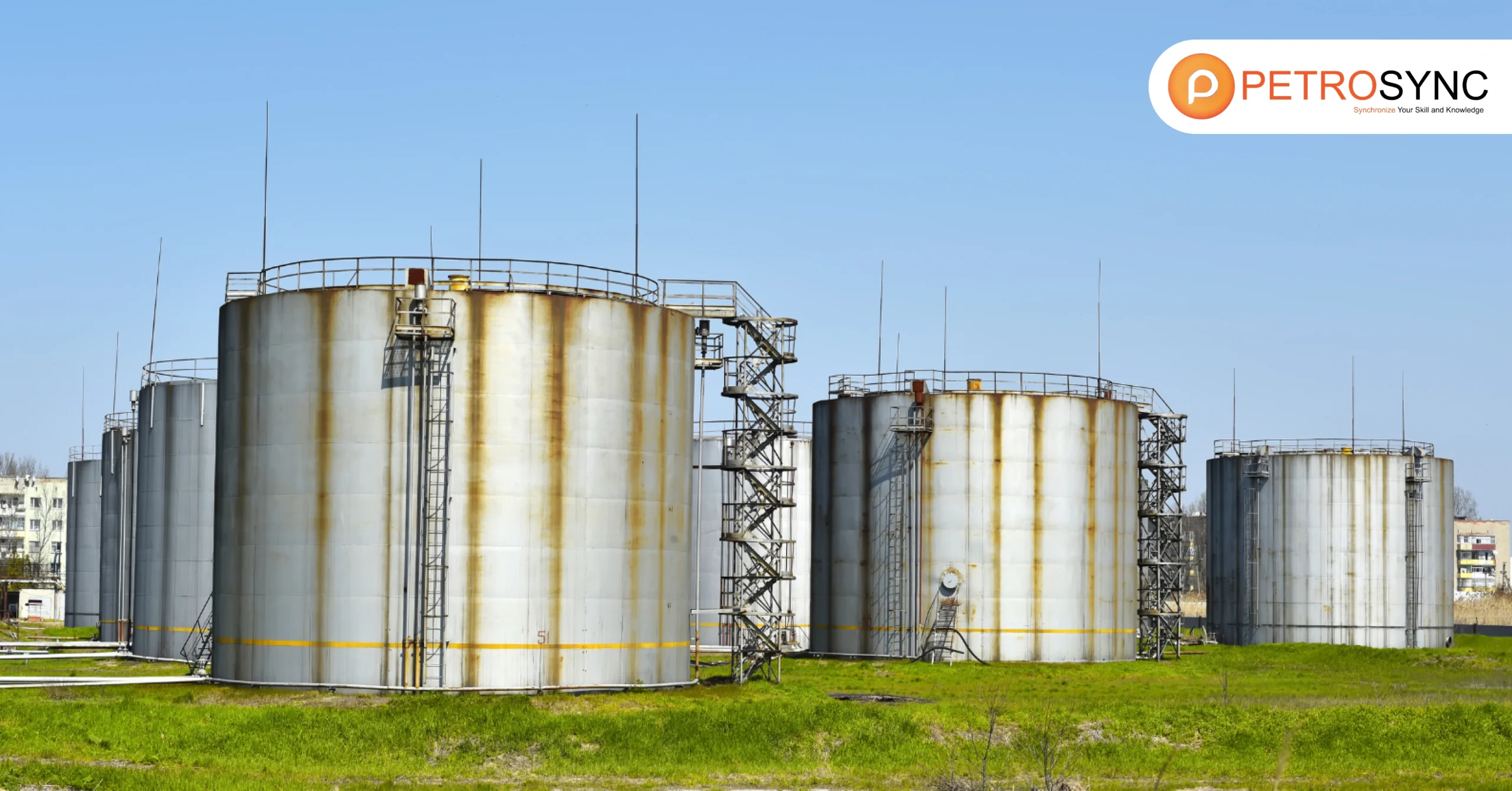Preparing for the API 571 certification involves practicing with sample questions to ensure a solid understanding of the material. These practice questions serve as valuable tools to assess and reinforce knowledge in a structured manner, aiding you on your journey to becoming certified in API 571. Let’s explore the knowledge and some sample questions that provide a glimpse into the kind of expertise required for this certification.
What Is API 571?
API 571 is a standard created by the American Petroleum Institute (API). It’s all about making sure that equipment used in the oil and gas industry is safe and works properly. This standard provides guidelines and rules for inspecting and managing equipment, like pipes and tanks, to prevent accidents and keep everything running smoothly.
In simple terms, API 571 helps ensure that the equipment in the industry stays in good shape and doesn’t cause any harm to people or the environment. It’s like a set of safety and maintenance instructions for the oil and gas world.
How Is The Structure of API 571 Exam?
The test is quite detailed, with 80 challenging questions. These questions cover various damage mechanisms that can affect equipment in the oil and gas industry.
|
Details |
API 571 Exam |
| Duration | 3.25 hours |
| Total Questions | 110 Questions |
| Question Details |
100 questions are scored 10 questions are pretest |
| Question Type | All questions are multiple-choice and closed-book. Paper and reference materials are not allowed in exams. |
| Passing Score | 70% |
API 571 Exam Structure
The API 571 exam is divided into different sections, and each section has a specific number of questions. Here’s a breakdown of the sections:
- Critical Factors
- Description of Damage
- Inspection and Monitoring
- Prevention/Mitigation
- Affected Units/Equipment
- Affected Materials
- Appearance or Morphology
- Related Mechanisms
In conclusion, engaging in consistent practice with API 571 practice questions is integral to mastering the material and achieving success in the certification process. These questions not only help reinforce knowledge but also simulate the exam environment, building confidence for the actual assessment.
However, for a more comprehensive and structured learning experience, we encourage you to consider joining API 571 training by PetroSync. This formal training will provide you with in-depth insights, guidance from experienced professionals, and a solid foundation to confidently navigate the complexities of API 571 certification. Your journey towards expertise in this field begins with a commitment to effective and focused learning with PetroSync.
Credit header image: pexels

SEO specialist by day, fact-checker by night. An avid reader and content writer dedicated to delivering accurate and engaging articles through research and credible sources.







